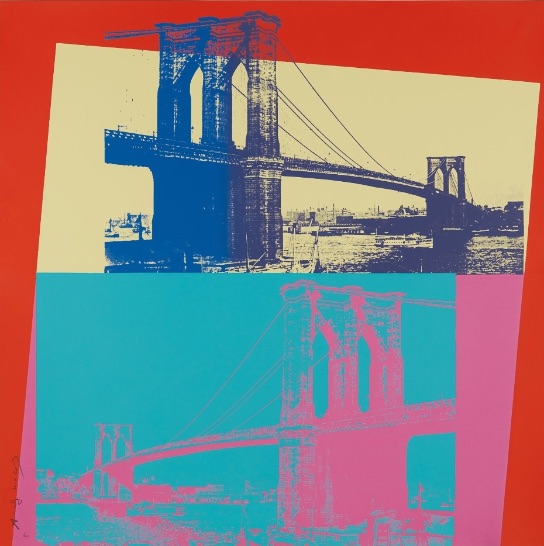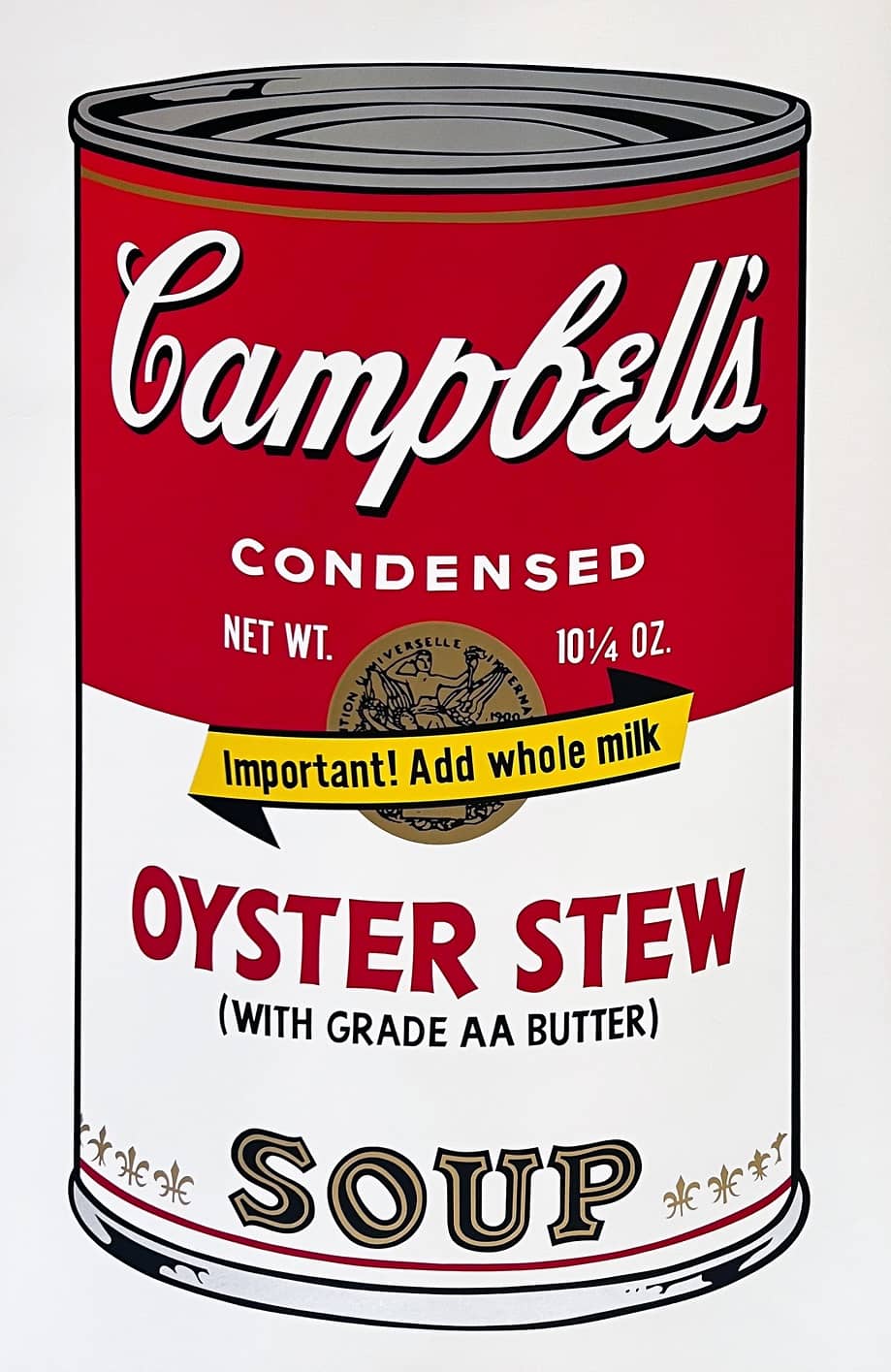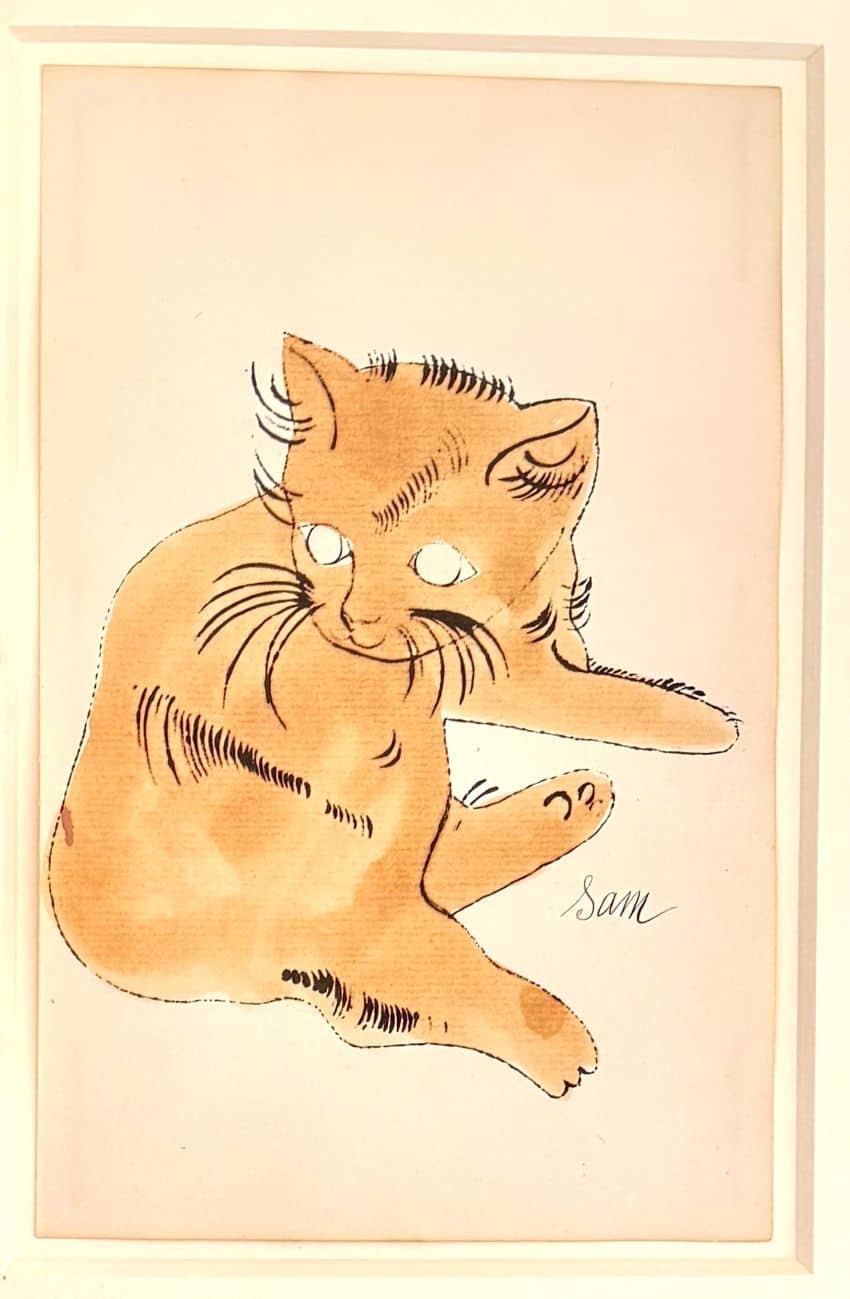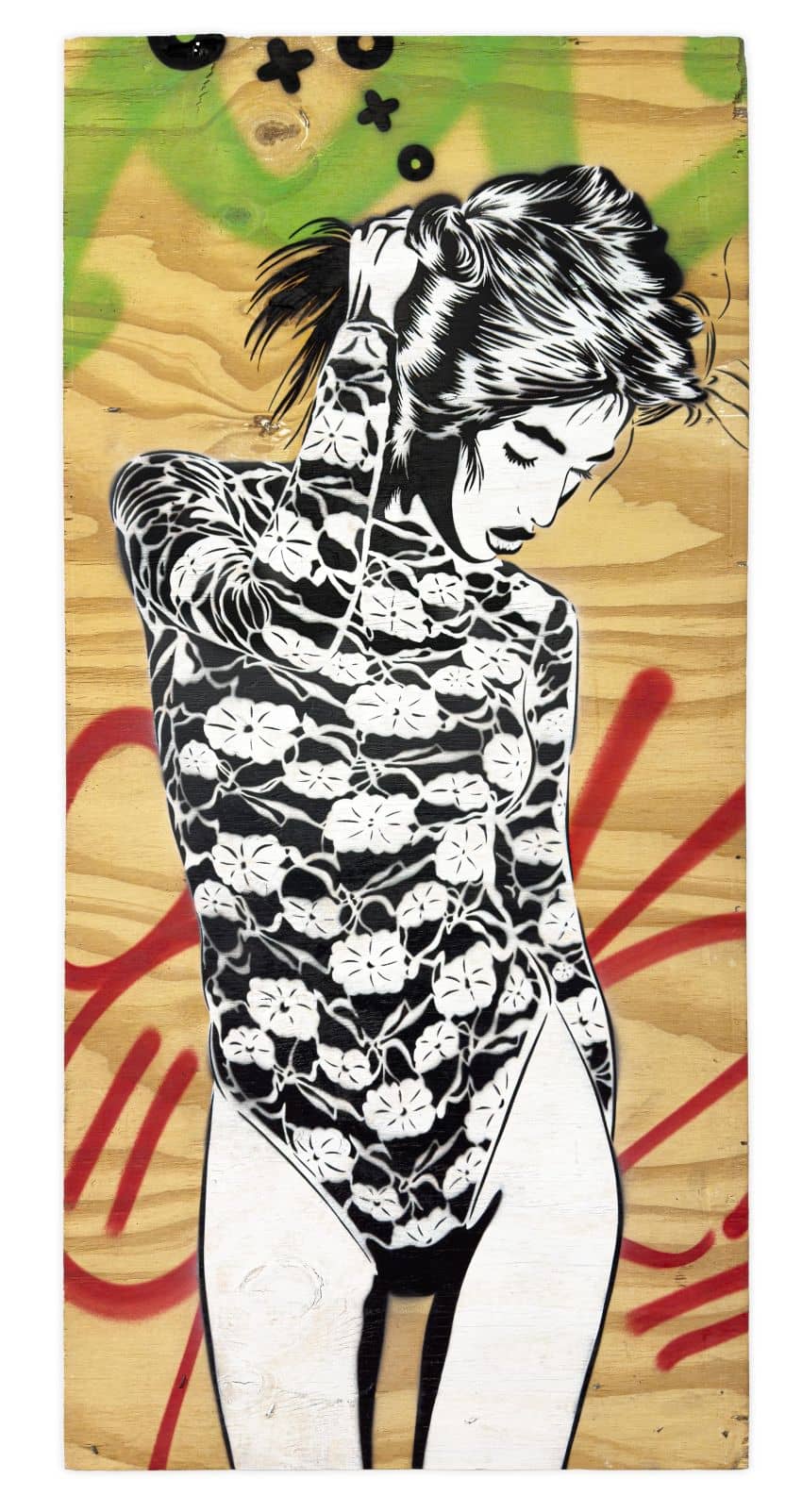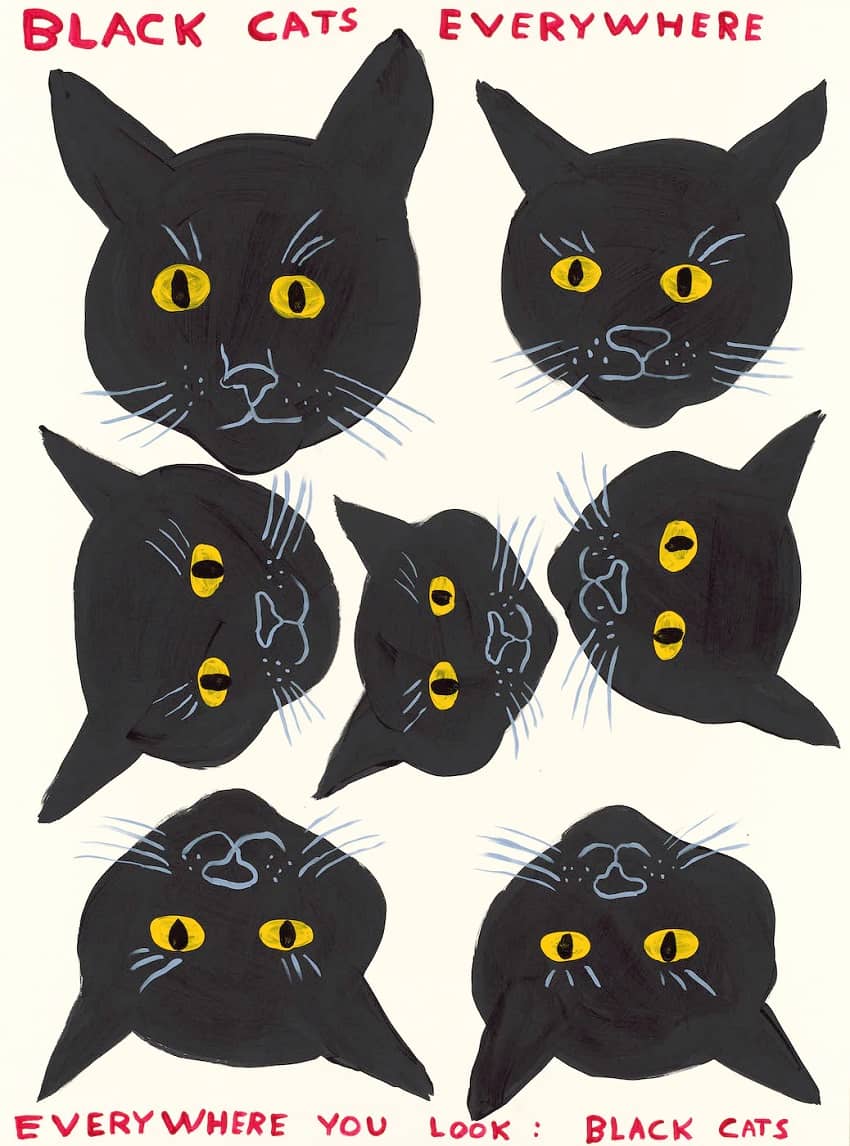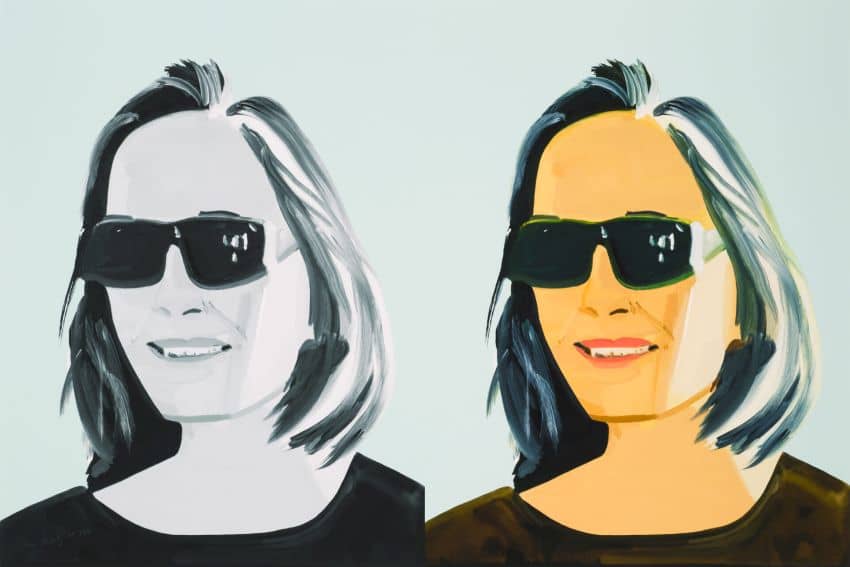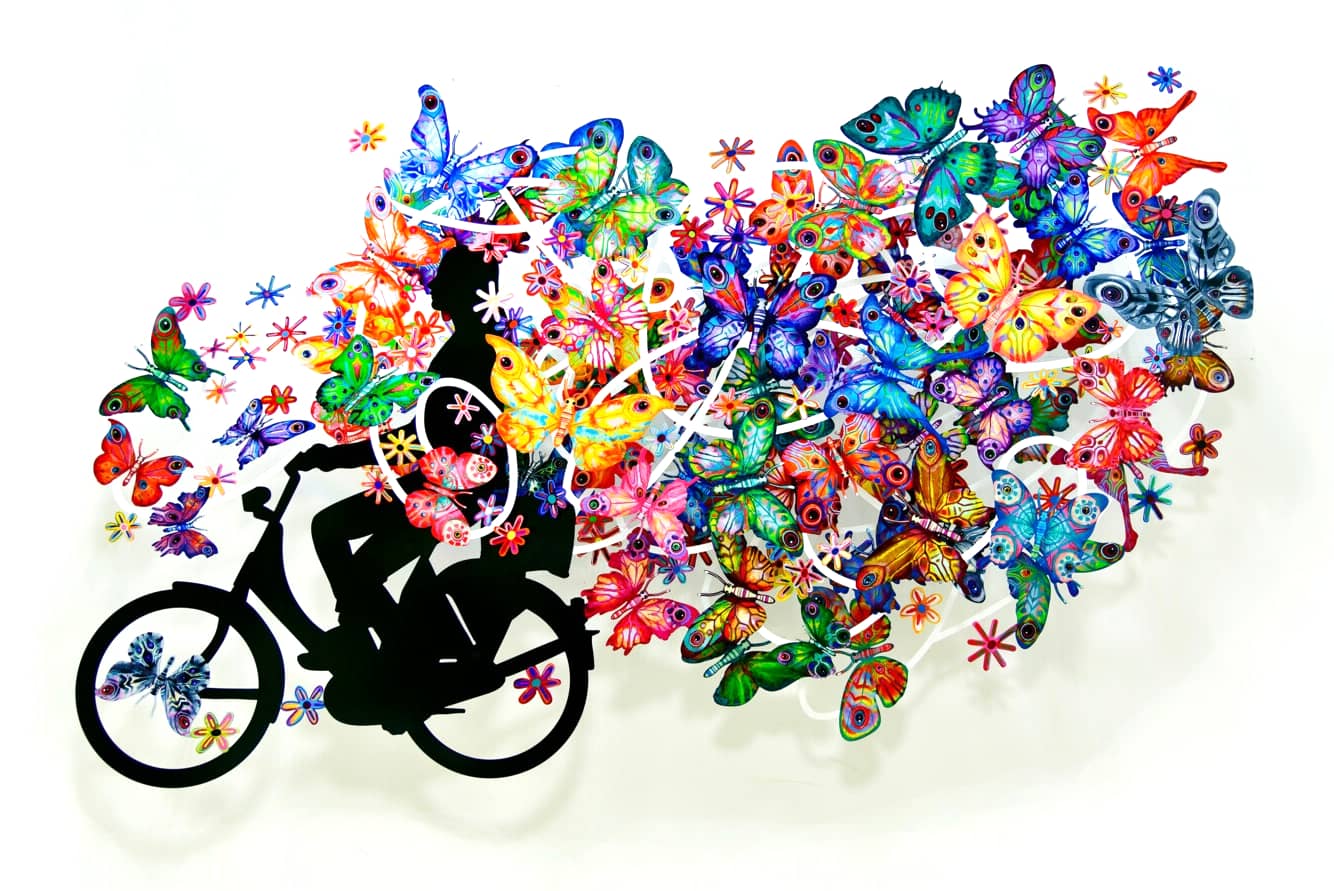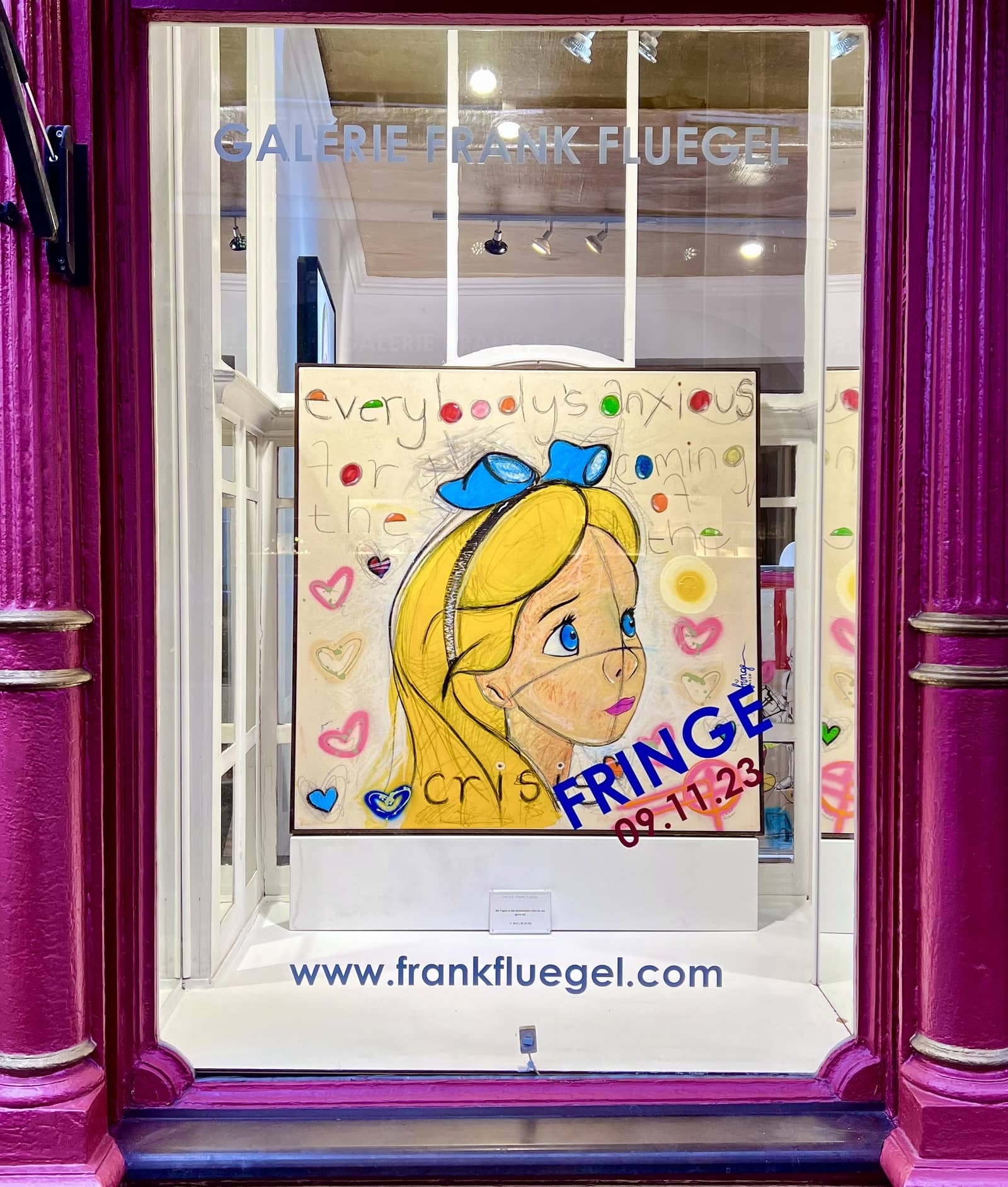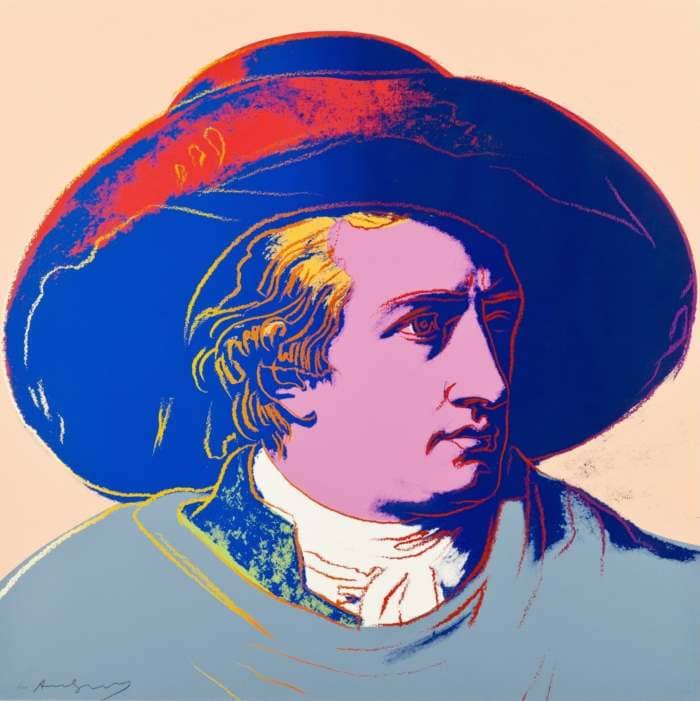
Andy Warhol Goethe (FS II.273) / Screenprint / signed, numbered / edition 100
Goethe (FS II.273) is part of the Goethe 1982 series of four works in which Warhol removes the landscape background from the original painting and concentrates exclusively on the portrait profile of Goethe. The result: a unique combination of classical portraiture and colorful pop aesthetics.
| Year: | 1982 |
| Format: | 96,5 x 96,5 cm / 37.8 x 37.8 inch |
| Material: | Lenox Museum Board |
| Method: | Screenprint |
| Edition: | 100 |
| Other: | signed, numbered |
Andy Warhol Goethe (FS II.273) / Screenprint / signed, numbered / edition 100
Goethe (FS II.273) is part of the Goethe 1982 series of four works in which Warhol removes the landscape background from the original painting and concentrates exclusively on the portrait profile of Goethe. The result: a unique combination of classical portraiture and colorful pop aesthetics.
| Year: | 1982 |
| Format: | 96,5 x 96,5 cm / 37.8 x 37.8 inch |
| Material: | Lenox Museum Board |
| Method: | Screenprint |
| Edition: | 100 |
| Other: | signed, numbered |
Goethe (FS II.273) stands for Andy Warhol's unique style and thus emphasizes not only Goethe's, but also Warhol's strong presence of culture in our time.
Andy Warhol – Goethe (FS II.273)

| Year: | 1982 |
| Format: | 96,5 x 96,5 cm / 37.8 x 37.8 inch |
| Material: | Lenox Museum Board |
| Method: | Screenprint |
| Edition: | 100 |
| Other: | signed, numbered |
Andy Warhol - Goethe after J. H. Wilhelm Tischbein.
Goethe is a work of art by Andy Warhol that was published in an edition of 100 pieces as an original silkscreen in 1982. Andy Warhol has made famous personalities such as Beethoven or Goethe as well as stars immortal through his art. For his famous portraits of Marilyn Monroe, Elvis Presley or Mao, Andy Warhol usually used existing images from the press and advertising and processed these found images into works of enormous iconic presence. Often he created several identical images that differ only in their different color schemes. His works have now in turn found their way into the media world from which their originals came and are reproduced over and over again in the most diverse contexts. Goethe is now one of the most popular motifs among collectors, along with Marilyn Monroe.
The idea for the Goethe portrait came to Andy Warhol during a visit to an exhibition at the Städel Museum in Frankfurt.
The famous portrait of Goethe by J. H. Wilhelm Tischbein as the epitome of German culture inspired him to create a large-format painting and subsequent prints in four different colorways, along with several unique color prints, so-called trial proofs (TP).
In the original painting, Goethe is seen sitting silently in the foreground of a mountain landscape. His eyes, focused and thoughtful, betray the intellectual fertility of the writer. No doubt Warhol was also fascinated by Goethe’s gaze. In each silkscreen, Warhol removes the landscape background and focuses instead on Goethe’s portrait profile. At first glance, Warhol’s Goethe images even appear to be sculptural busts. Goethe’s face is designed in pop colors. This creates a clear dichotomy between classical portraiture and the pop aesthetic. These larger and vibrant portraits ultimately symbolize Goethe’s and Warhol’s dominance of culture even in today’s world.
Johann Wolfgang von Goethe, considered by many to be a leading cultural hero, was also a polymath who became an important philosopher, scientist, and color theorist. His literary contributions have been compared to those of Dante and Shakespeare. Those who are not familiar with Goethe will undoubtedly know his magnum opus Faust. Other notable works of his include The Sorrows of Young Werther and The Theory of Colors.
The Theory of Colors was published in 1810 and presented Goethe’s views on the nature of colors and the way colors are perceived by humans. He followed the unprecedented approach of studying colors as a science. To this end, he systematically examined the phenomenological properties of color and wrote this comprehensive review combining artistic and philosophical investigations of color. His theories of color were frequently called upon by artists such as Wassily Kandinsky and J.M.W. Turner.
Today, the artwork Goethe is one of the most sought after and sold works by Andy Warhol as an original graphic.
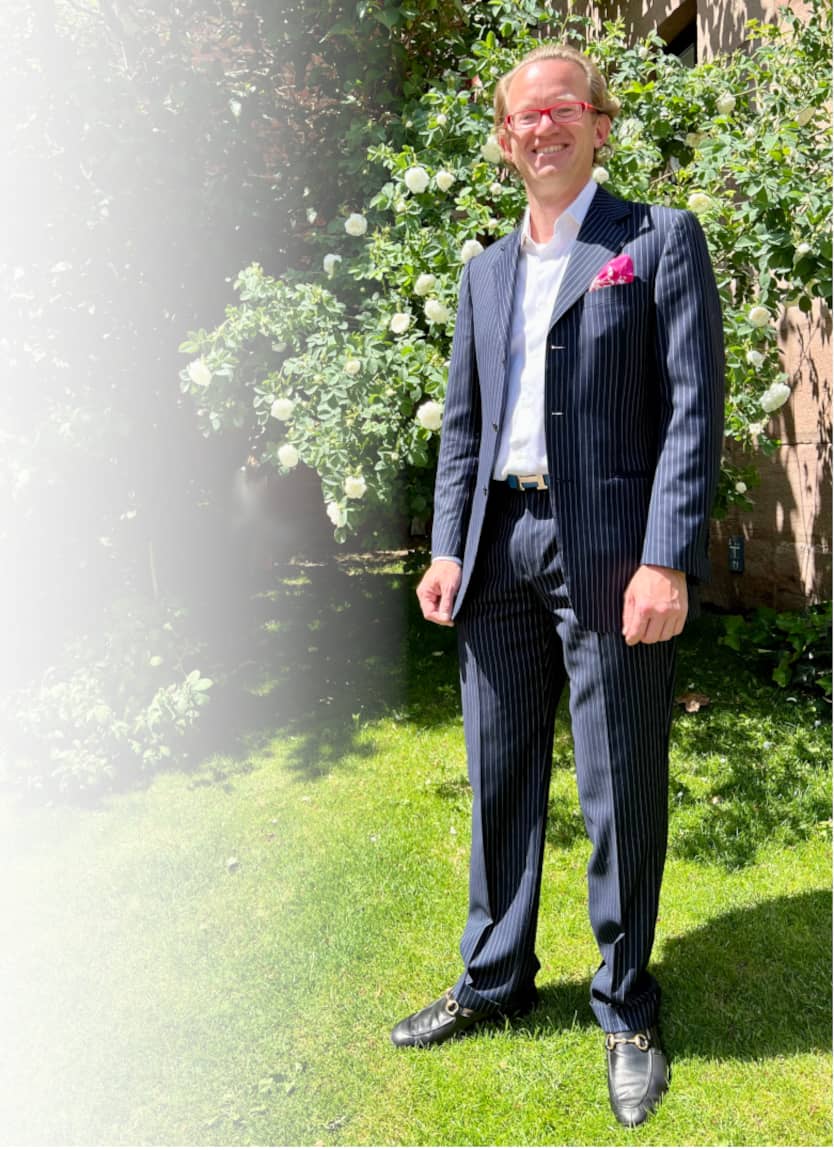


Year: 1982
Format: 96,5 x 96,5 cm / 37.8 x 37.8 inch
Material:Lenox Museum Board
Method:Screenprint
Edition:100
Other:signed, numbered


